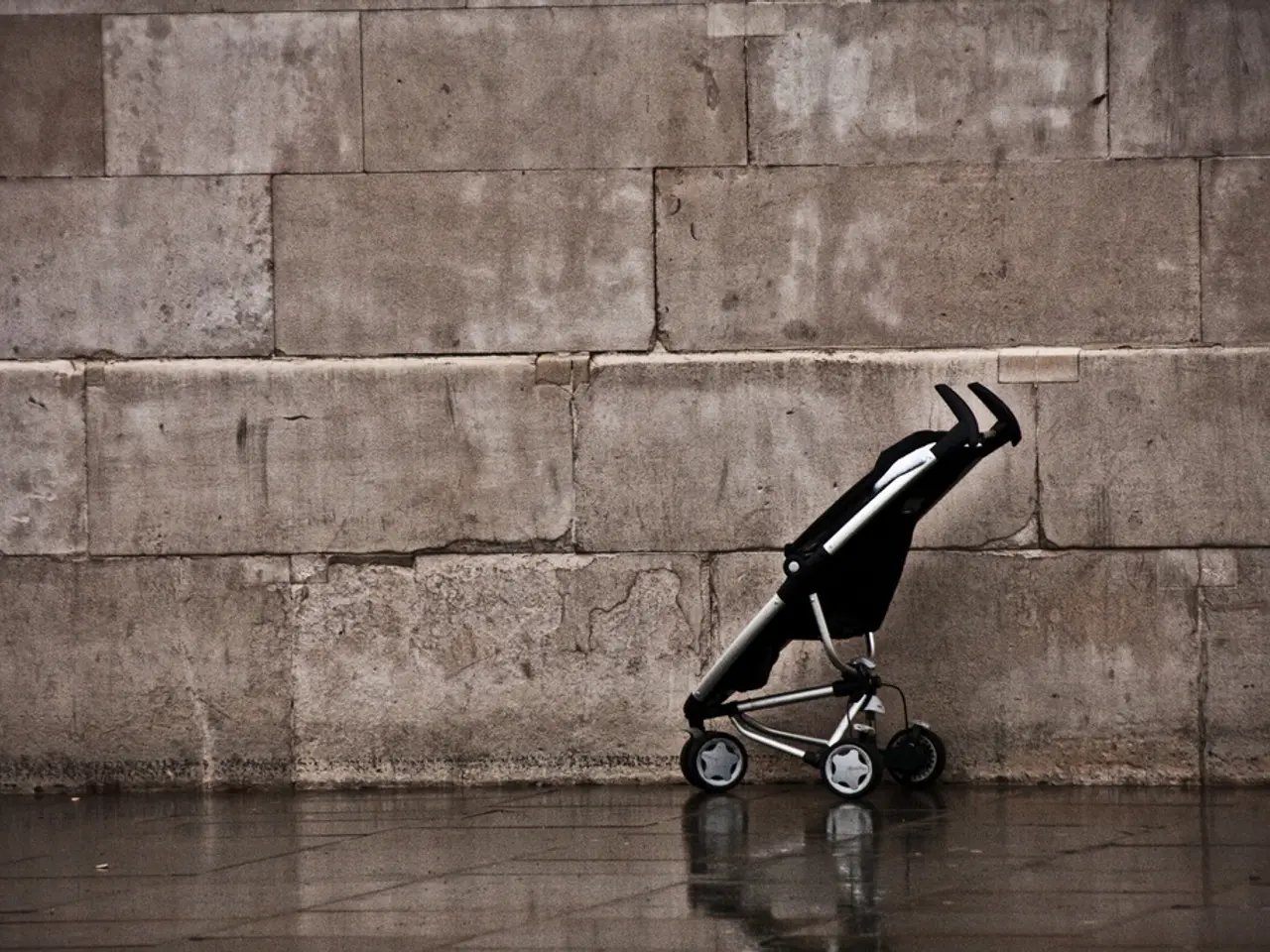Refreshing your outdated kitchen cabinetry through painting can offer an economical makeover for your units
Painting kitchen cabinets can be a cost-effective way to give your kitchen a fresh, new look. Here's a step-by-step guide to help you achieve a long-lasting finish.
Preparation
- Cleaning: Remove doors and handles, and thoroughly clean cabinet surfaces with a sugar soap solution. Rinse and allow to fully dry, removing dirt and grease buildup.
- Light Sanding: Gently sand the surfaces, especially if they are smooth or glossy, to improve paint adhesion. Wipe off sanding dust with a damp cloth and let dry.
- Priming: Priming is often recommended, especially for bare wood, as it improves durability and finish.
Painting
- Choosing the Right Paint: For a long-lasting finish, consider water-based alkyd or urethane-modified acrylic cabinet paints. These provide a smooth, professional-quality finish with excellent adhesion, low odor, and resistance to yellowing.
- Application: Use a high-quality brush or sprayer and apply paint in the direction of the wood grain. Allow for proper drying and curing times before applying additional coats.
- Finishing (Optional): Refresh or replace hardware; for handles, specialized powders or coatings can enhance durability and appearance.
Special Considerations
- Slab doors can be painted using a roller, moving in all directions to cover and touch up any edges with a brush.
- Shaker style and raised panel doors/drawers require a brush and roller for painting, with a two-inch brush for edges and a mini foam roller for flat surfaces.
- When painting laminate kitchen cabinets, a water-based primer from a well-known manufacturer or a shellac-based primer like ZINSSER B-I-N can be used.
- Chalk paints can be used on kitchen cabinets, but they require sealing with wax or varnish.
- Kitchen cabinets usually only have the front and edges painted, but all sides and areas can be painted if desired.
Tips and Recommendations
- Invest in cabinet-grade paints specifically formulated for durability against chips, stains, and moisture in kitchen environments.
- Choose high-quality brands trusted for cabinet painting, such as Benjamin Moore, Sherwin-Williams, Farrow & Ball, Behr, Dunn-Edwards, and Valspar.
- When painting kitchen cabinets, it's important to prepare the workspace by moving furniture, covering appliances, and protecting worktops.
- For a more stubborn dirt and grease, a solution of one cup vinegar, two cups of warm water, and a tablespoon of baking soda can be used.
- After the primer is dry and sanded, doors should be hung back and hardware added when completely dry.
- Using a painters pyramid or books can help keep doors off the ground while painting.
In summary, for the longest-lasting finish, use water-based alkyd or urethane-modified acrylic cabinet paints combined with meticulous cleaning, light sanding, optional priming (depending on paint), and careful application respecting dry and cure times. This approach ensures durability, resistance to wear, and a smooth, professional finish.
(Note: This article features insights and guidance from Jimmy Englezos, Senior Brand Manager at Ronseal, who provides valuable tips and hints for decorating and general woodcare projects.)
(Note: Ronseal offers several paints for painting kitchen cabinets, including a durable, long-lasting painting formulated for exterior use and a premium quality paint with a high-quality gloss finish.)
- To revamp your kitchen, start by preparing your doors and cabinets by cleaning, light sanding, and possibly priming them to ensure a long-lasting finish.
- For the best results, select cabinet paints that are water-based, such as alkyd or urethane-modified acrylic, which offer a professional-quality finish and resistance to yellowing.
- Use high-quality tools like brushes and sprayers to apply the paint evenly, ensuring that the paint adheres properly and you achieve a smooth finish.
- Consider investing in famous home-and-garden brand paints, such as Benjamin Moore or Sherwin-Williams, for improved cabinet quality and durability.
- Be mindful of your budget and lifestyle desires while selecting kitchen cabinet colors and designs, as these can significantly impact the overall appeal of your kitchen.
- When painting kitchen cabinets, always remember to protect your home properly, moving furniture, covering appliances, and using tools like painters pyramids or books to elevate doors off the ground.




